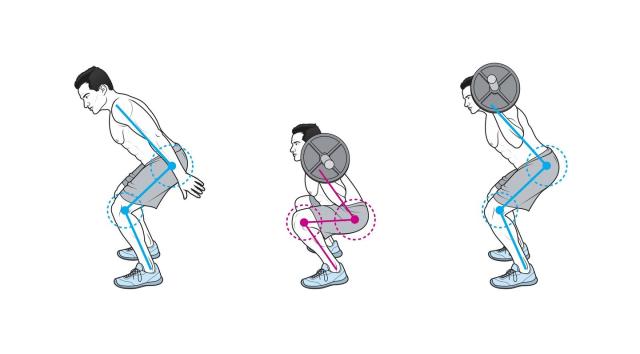
Over the 4th of July holiday, I was fortunate enough to be able to spend some time with some of my best friends around the lake doing all the American traditions like grilling, lighting off fireworks, and throwing the pigskin around. One of our favorite games to play is having one of us run full speed off the dock while another (on land) throws the football for us to dive and catch in the water. While it sounds childish (and might be), these activities are good for the soul. Well, at least until somebody slips on the dock and suffers a grade 3 groin sprain. Me.
Within hours my right leg had swelled up and begun to gain color. While everyone at the lake house told me to put ice on it, I chose to skip that part because I know that can actually slow down the healing process, even though it may reduce swelling. As we’ve talked about before, icing slows the healing process as it causes blood vessels in the injured area to constrict and shut off the blood flow that brings in the healing inflammatory cells. Over the next few days, I made sure to keep moving and walk a good amount (at a snail’s pace) to keep blood rushing into the injured area, which also anecdotally made it feel better.
As soon as I got back to California I re-assessed my Balance Scan to see the overall coordination and proprioceptive ability in both left and right leg following the strain. Luckily, I’ve had several years of longitudinal data to compare to, but I was most interested in comparing my current scan with my previous few scans and this is what I saw:

The assessment on July 8th was right when I got back from my trip and was still in some pain. It would have been easy to sit around and wait until it feels better to start training, but there is too much information available to follow that outdated advice. I know that I need to improve my Balance Scan before I continue to progress and start jumping/running again so what should I do?
At Sparta, we have data scientists that consistently dig to find exactly what improves specific variables. We have found that there are a few movements that have shown to specifically improve the Balance Scan. Those three movements are the quarter squat, rear foot-elevated split squat and broad jump. While we have many theories into why those movements end up improving the Balance Scan, all we really know is that they work. From that list, the only one that I could do (without pain) is the quarter squat. So I ran with that.
I took the quarter squat and paired it with barbell RDL and ankle mobility to form a complex. I did 5 rounds every day that looked like this:
5×15 Front Squat to Box
5×5 Barbell RDL
5×10 each leg ankle mob
(All on a 3-minute timer)
The goal of the complex is to keep grooving the basic patterns (hinge and squat) at higher reps to maintain some work capacity. Along with that, I included ankle mobility drills since it’s more than likely that injured individuals avoid flexion in the lower half because it causes pain to the injured area. That all being said, I put them all in a complex and progressed with weight as I felt comfortable doing so. 10 days later (July 18th) I scanned again and saw a jump in numbers. The training had gradually improved my ability to balance. Really, this training has improved my coordination, stability, and proprioception immediately following injury.
We know that we need to move post-injury. We just don’t always know what we should be doing, but it’s important to limit the pain to a max of 3 out of 10 to avoid further setbacks. In this case, I knew what has shown to improve the Balance Scan so I went with it. Training and moving each day has objectively shown improvements in my recovery and performance. Having a general plan along with being able to assess frequently is key in making it back to the field, court, or dock!